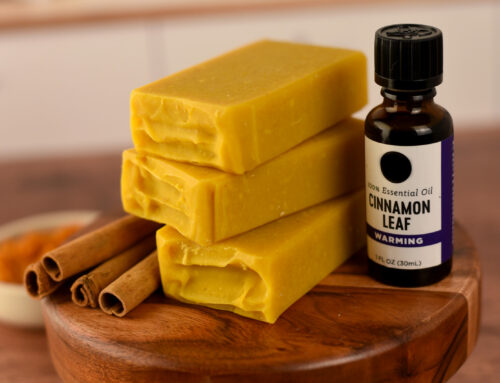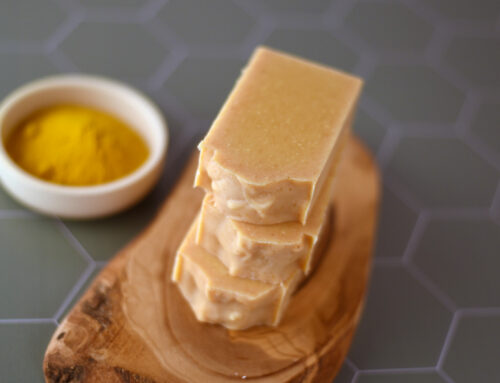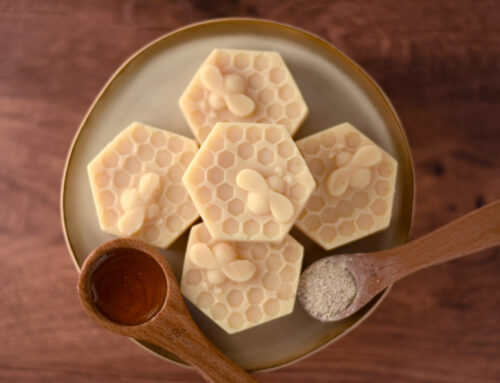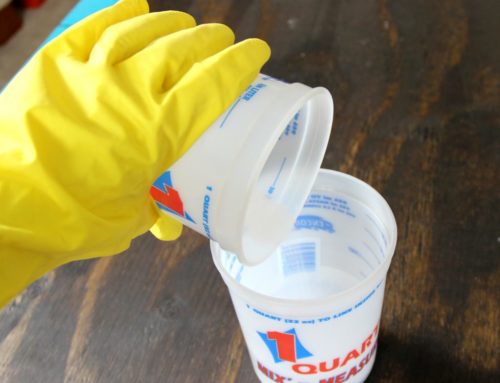Superfatting your soap simply means adding an excess amount of oil or discounting your lye amount so you end up with an excess amount of oil. You’ll hear it both referred to as superfatting or lye discounting. This excess oil provides your soap with unsaponified oils to give your soaps moisturizing or emollient properties. This process also acts as a type of “insurance” or “buffer” making sure that your soap will not come out lye heavy. A good range for superfatting is typically 3-8%. If you go below that you could end up with lye heavy soap or soap that is generally too harsh.
If you superfat with high percentages you are left with high amounts of unsaponified oils in your soap. While soap tends to have a pretty long shelf life, oils don’t and will go rancid. So a higher superfatted soap tends to go rancid quickly. A soap calculator will have an input field for superfatting and will calculate this for you. As you can see below the lower the superfat or lye discount the higher amount of lye is used. The higher the amount of superfat or lye discount the lesser amount of lye is used leaving a higher content of unsaponifed oils.
Recipe with no lye discount
8 oz olive oil
4 oz palm oil
4 oz coconut oil
2.384 oz lye
Recipe with 5% lye discount
8 oz olive oil
4 oz palm oil
4 oz coconut oil
2.265 oz lye
Recipe with 8% lye discount
8 oz olive oil
4 oz palm oil
4 oz coconut oil
2.194 oz lye
As always, be sure to use a reliable soap calculator like thesage.com!






I tried several times to use the sage calculator but can’t understand it and have thrown away more oils than ever. I understand soap calc more. I don’t see how much water or lye I need to add to the sage calculator. I just don’t get it.
Please I’m beginner who want to make Landry bar soap for commercial please how can i known that’s if I mix 20ponds of lye I can make 100barge’s of soap
20 pounds of oil + about 3 pounds of lye will make +- 100 bars of soap.